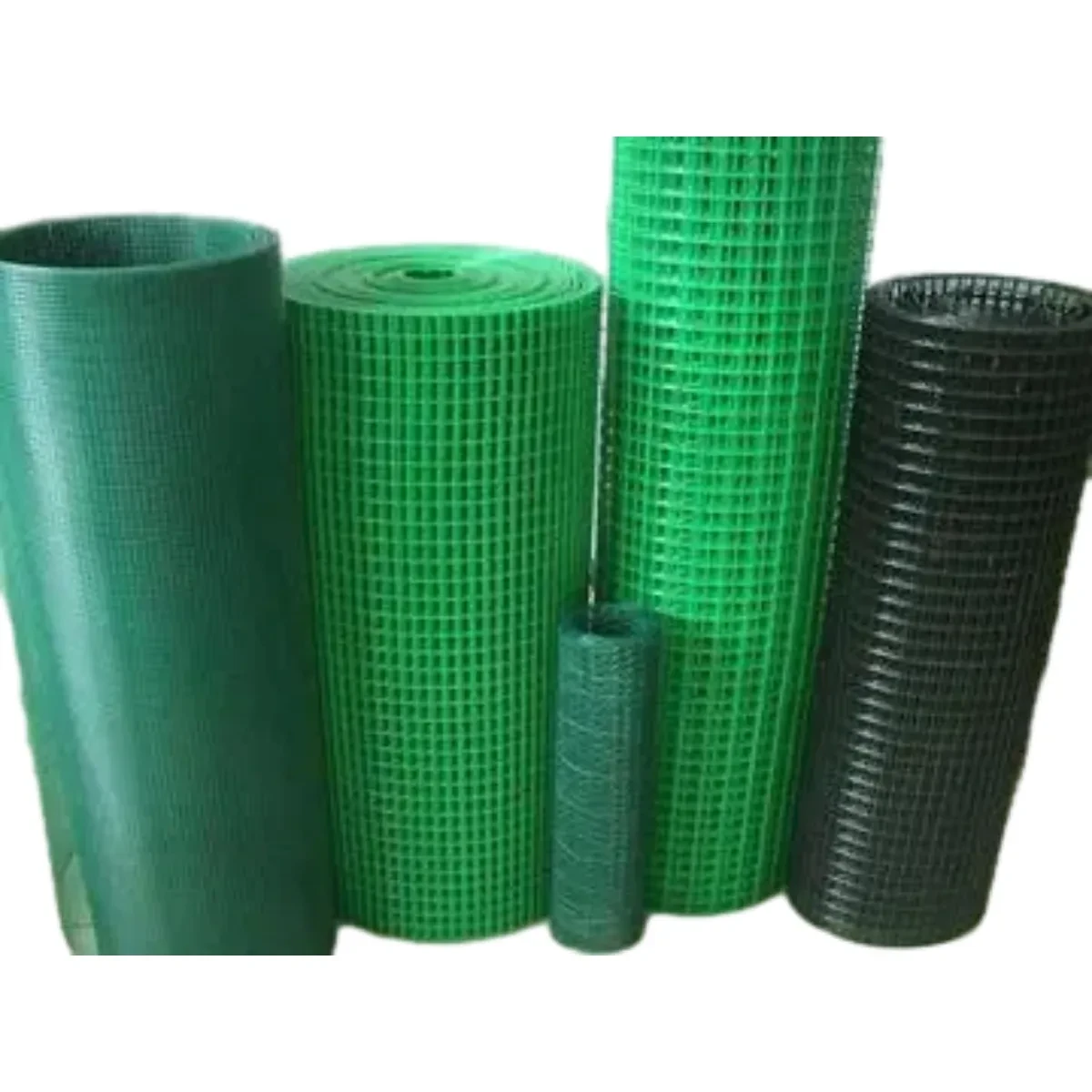Nov . 19, 2024 16:26 Back to list
Exploring the Purpose and Design of Barbed Wire Fencing in Modern Agriculture
Barbed Wire Fences An Intriguing Blend of Functionality and History
Barbed wire fences are much more than mere boundaries; they are symbols of security, historical value, and agricultural innovation. Developed in the late 19th century, barbed wire transformed the way land was enclosed, particularly in the American West, where vast expanses of open land posed challenges for farmers and ranchers. The invention of barbed wire not only paved the way for effective land management but also played a crucial role in shaping the economic and social landscapes of rural America.
The concept of barbed wire dates back to the 1860s, but it was Joseph Glidden who, in 1874, patented the design that would become widely used. Glidden's version featured sharp, pointed barbs spaced evenly along the wire, providing a formidable barrier against livestock and intruders. The ease of production and low cost of barbed wire made it extremely popular, quickly replacing traditional wooden fences that were both expensive and labor-intensive to maintain.
One of the most significant impacts of barbed wire was its role in the so-called Cattle Kingdom during the late 19th century. As more settlers moved westward, the need for efficient fencing solutions became paramount. Barbed wire allowed ranchers to define their land, protect their livestock from wandering into neighboring properties, and prevent wild animals from trampling their crops. This contributed to a more organized and regulated approach to farming and ranching, as land ownership became more defined and disputes over grazing rights diminished.
However, the rapid spread of barbed wire fences also led to unintended consequences. The iconic image of the open range began to disappear, replaced by an increasingly fenced-off landscape. This sparked conflicts between ranchers and homesteaders, as the once-unrestricted access to land became more limited. The famous Range Wars of the late 1800s erupted in various parts of the American West, with skirmishes occurring over land use and cattle grazing rights.
barbed wire fences

Despite these conflicts, barbed wire also fostered a sense of community among those who utilized it. Farmers banded together to create cooperative societies for buying wire in bulk, sharing knowledge about effective fencing techniques, and collaborating on issues of land use. This communal approach, fueled by the shared challenges of western life, underscored the importance of cooperation in an era marked by individualism and competition.
Beyond its agricultural significance, barbed wire has become a symbol of division and conflict throughout history. During World War I and II, barbed wire was used extensively in military fortifications, serving as a deterrent against enemy troops. The political implications of barbed wire were highlighted during the Cold War, when it became synonymous with the division between East and West, particularly in the form of the Berlin Wall.
In contemporary society, barbed wire continues to play a role in security measures, particularly around prisons and sensitive installations. It is still employed in agricultural settings to protect crops and livestock, but its symbolism has evolved. Today, the presence of barbed wire can evoke a range of emotions, from the nostalgic memory of rural life to the stark reality of confinement and separation.
In summary, barbed wire fences encapsulate a complex interplay of utility, conflict, and community. They reflect the innovations of their time while reminding us of the boundaries—both physical and metaphorical—that define our lives. As we move forward, it is essential to remember the lessons learned from the history of barbed wire, as it continues to shape our understanding of space, security, and social dynamics.
-
The Role of Field Wire Fence in Grassland Conservation
NewsJul.15,2025
-
Stainless Steel Razor Wire Durability in Coastal Environments
NewsJul.15,2025
-
Enhancing Home Security with Mesh Fences
NewsJul.15,2025
-
Diamond Mesh Wire for Small Animal Enclosures
NewsJul.15,2025
-
Common Wire Nail Tensile Strength Testing for Woodworking
NewsJul.15,2025
-
Barbed Wire Corrosion Resistance Galvanization Techniques
NewsJul.15,2025









